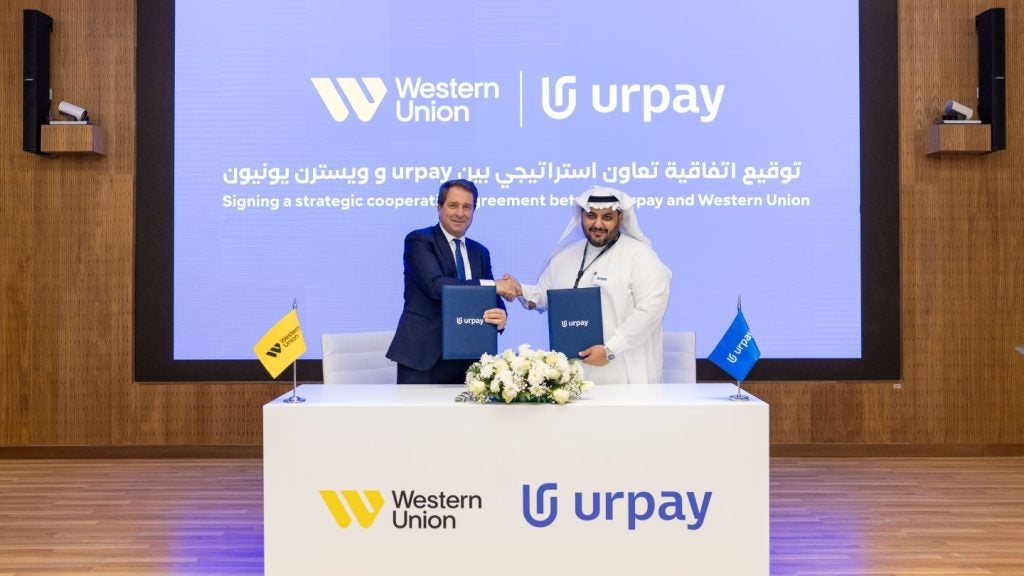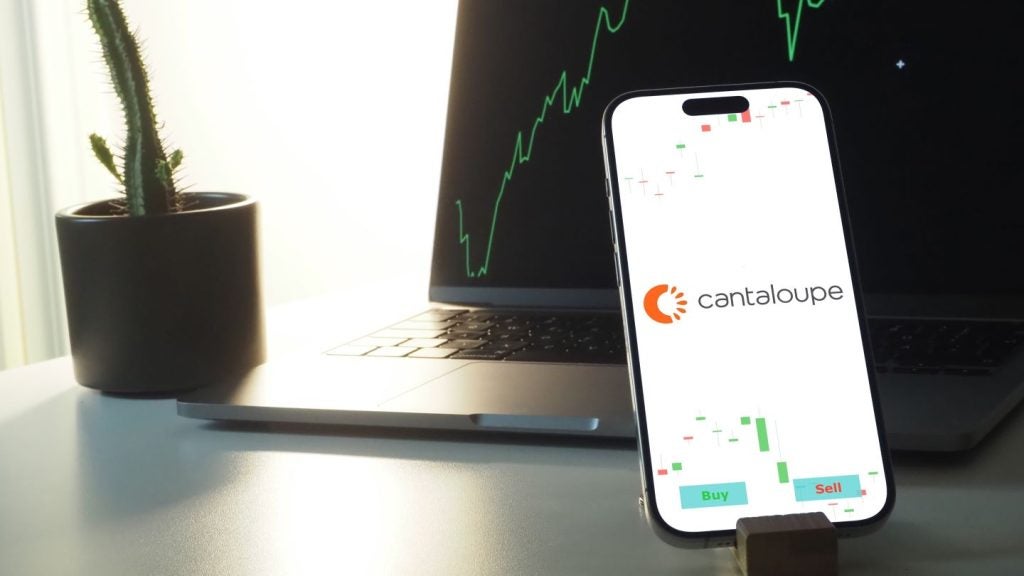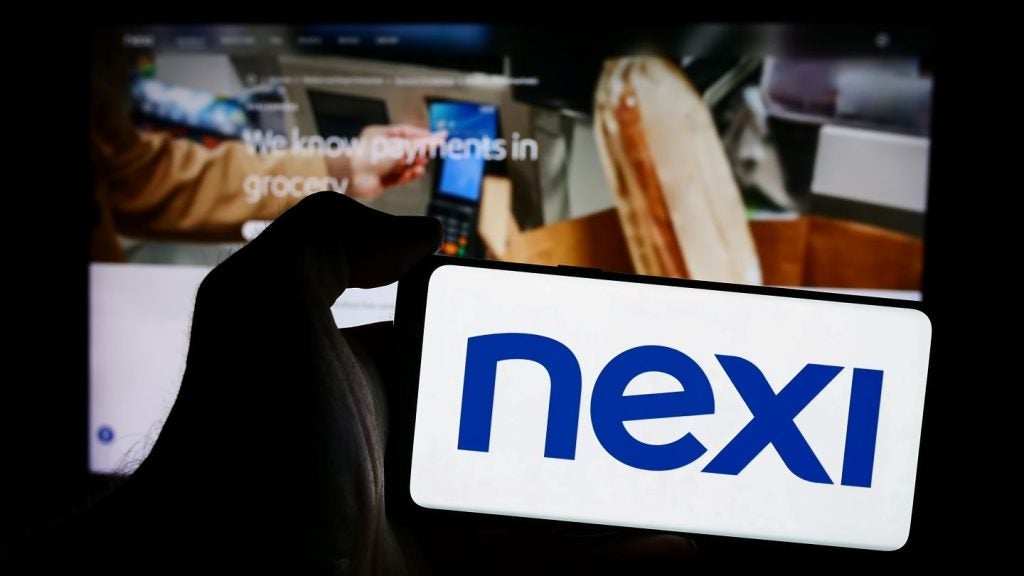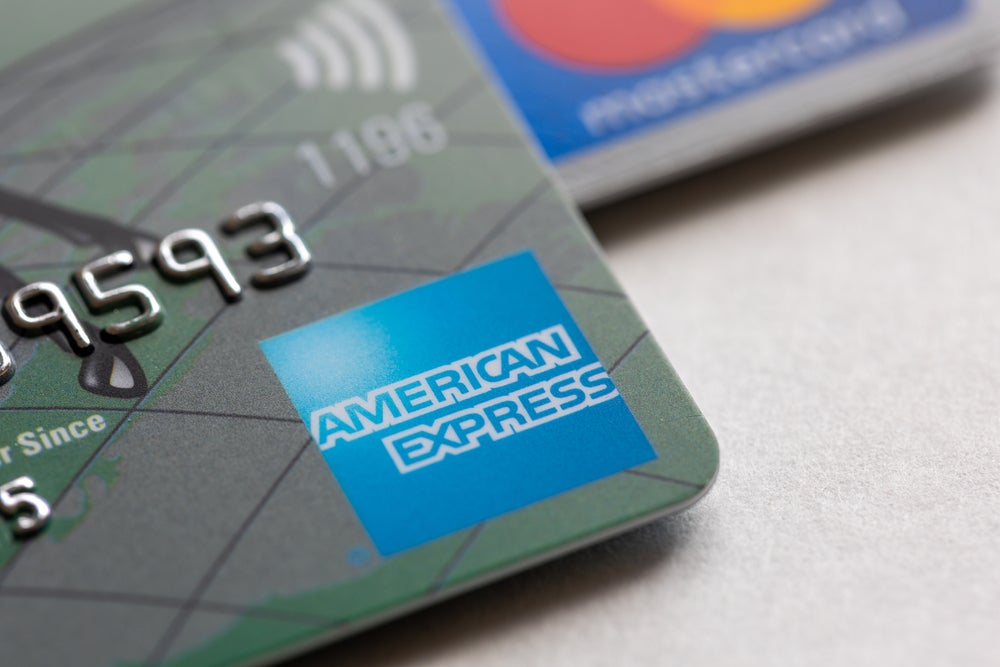As bank interest in mobile
payments gather pace, Obopay has refined its business model,
focusing on white-label m-payments products for banks. The company
is hoping to benefit from a wave of new product launches after US
Bank became the first mainstream bank in the US to implement P2P
mobile payments.
Obopay has revamped its business model,
choosing to shelve its mobile transfer service for an offering
built around a new service banks can offer to customers.
The US, California-based pioneer in mobile
payments recently announced Mobile Money for Banks, which will
allow banks to deploy their own branded mobile money service. David
Schwartz, Obopay’s head of product and corporate marketing, said
the new service is a product of lessons learned by the company.
“Obopay was founded around an ecosystem
approach and to build that ecosystem, we’ve evolved to focus on
where we see the most traction, and our work with financial
partners has shown us that banks are absolutely central to mobile
payments,” Schwartz said.
This is one of the lessons learned from
Obopay’s recent partnerships. In recent years, Obopay has struck
partnerships with Citigroup and MasterCard, but until the launch of
Mobile Money for Banks it continued to market to consumers the P2P
mobile transfer service it introduced in 2006.
MasterCard has incorporated Obopay’s technology
into its own P2P transfer service, and Citi tested the Obopay
service, but eventually concluded there was little current demand
for the electronic funds transfer system; Citi wound down the test
at the end of last year.
“We learned so much from the partnership with
Citi,” Schwartz said. “Some of it was compliance-related, but we
also learned a lot about how to work with banks and what banks are
looking for. But the biggest part was learning what customers want
and how to use the service.
“Mobile money is ready to happen, but customers
absolutely want to get [the service] through their bank. We have
teamed with MasterCard, FIS Global, and we’re now moving to banks
with a crafted offering that gets them up and rolling easily and
quickly and gives them a complete range of mobile money
transactions with their own branded experience.
Time for evolution
While Obopay is widely recognized as
one of the founding firms in mobile P2P transfers, its earlier
model required people to send funds through separate, intermediary
accounts, and that met with some resistance, particularly among
banks, who seek to control the payments relationship and control
the branding around the payment.
So Obopay has taken all of that into
account, Schwartz said, designing an easy-to-implement, bank-driven
solution.
Designed to make bank accounts the anchor for
all current and future mobile money transactions, the service
combines complete brand control and a full range of mobile
transactions and applications with simple low-cost integration and
deployment. Mobile Money for Banks includes the ability to send and
transfer money, makes payment card acceptance available to everyone
and can be implemented in 30 days or less.
One of the biggest advantages of Mobile Money
for Banks is the opportunity to replace a substantial amount of
cash and cheque transactions, which turns a cost centre into a
revenue opportunity for the bank. Cash and cheques remain the
predominate payment method used by consumers and cash alone is
still projected to make up over 27% of all consumer payment methods
by 2012, despite continued growth in debit card usage.
Investing in m-payments
It is not surprising that mobile
payments are among the top areas in which banks plan to invest in
2010 according to Ovum, and that they will be “mainstream” and a
top 10 mobile application by 2012 according to Gartner.
“It’s on everybody’s to-do list now, from the
largest banks to the smallest credit unions,” Schwartz said, adding
that Obopay already has some banks signed on to deploy Mobile Money
for Banks but could not name them before their public launch.
Smartphones are at the centre of this movement.
In the US, there was a 39% year-over-year increase in shipments of
smartphones in the fourth quarter of 2009. In that same period,
Apple’s iPhone shipments grew by 98%. Smartphones are expected to
continue to grow to make up nearly half of all phones in the market
by 2011, according to Obopay.
While banks hope consumers would prefer to use
a mobile payment system from their trusted financial service
provider, banks are going to face increasing competitive pressure
from non-traditional players outside the industry as well as their
traditional competitors, Schwartz said.
The roughly five million people who donated by
text message following the disaster in Haiti, for example, paid
through mobile carriers rather than banks. In Canada, carriers have
come together to establish a competitive mobile payment
service.
“Any bank that isn’t looking at how to enter
the mobile money market as quickly as possible is risking the loss
of business to competitors, the carriers, or PayPal,” said Bob
Hedges, managing partner of consultancy Mercatus, “Given the
considerable level of consumer interest, what banks need is a
solution that is easy to implement, inexpensive and fast to deploy.
We should anticipate a wave of bank deployments over the next six
months.”
Schwartz agrees.
“The Haiti earthquake relief effort opened a
lot of eyes, as the banks were not a part of it at all, which was a
real wake-up call. If PayPal wasn’t enough of a wake-up call, Haiti
surely was,” he said.
Obopay is one of several companies offering or
developing mobile transfer services that link to consumers’ primary
bank accounts. MasterCard announced such a service last year, using
Obopay’s software, that can connect almost any MasterCard debit or
credit account, and Visa offers a similar service abroad and is
testing it with US Bancorp, which recently became the first US
institution to offer mobile P2P payments
Fidelity National Information Services,
CashEdge and Fiserv are all pushing to their bank clients P2P
transfer services that connect directly to users’ bank accounts,
and PayPal, which has long offered an online P2P payment service,
is now working with FIS to provide its service to the technology
vendor’s bank clients.
“The difference is, our DNA is all mobile,”
Schwartz said. “We feel like we have a compelling case and we’re
making it to the banks.”







